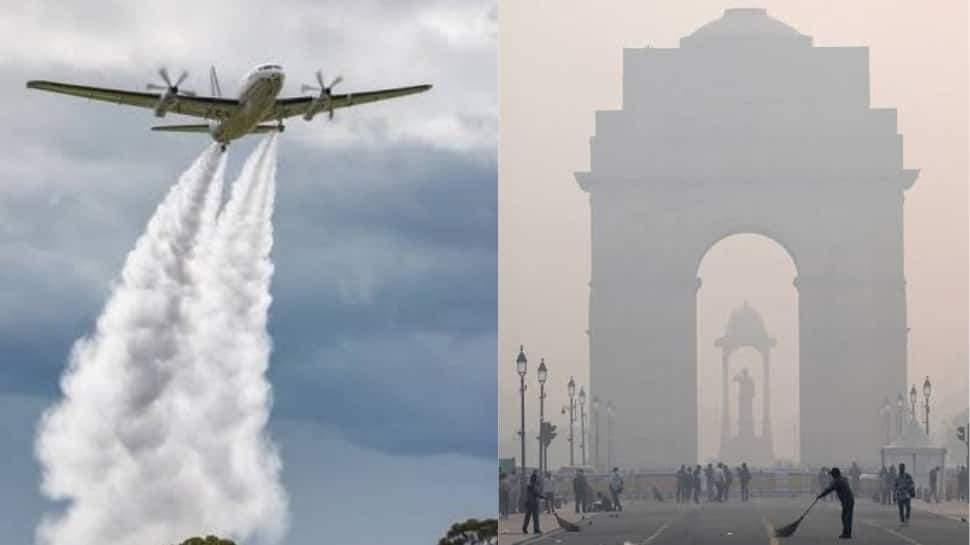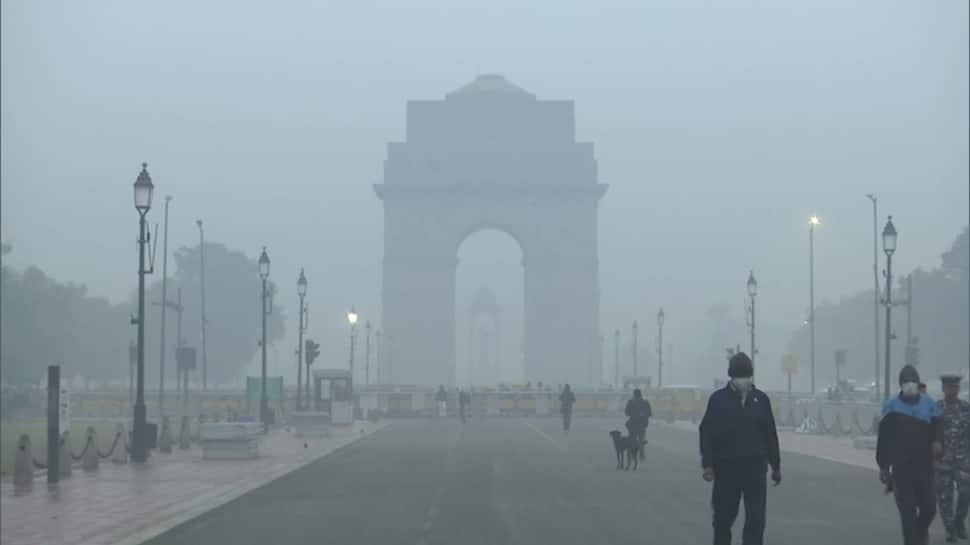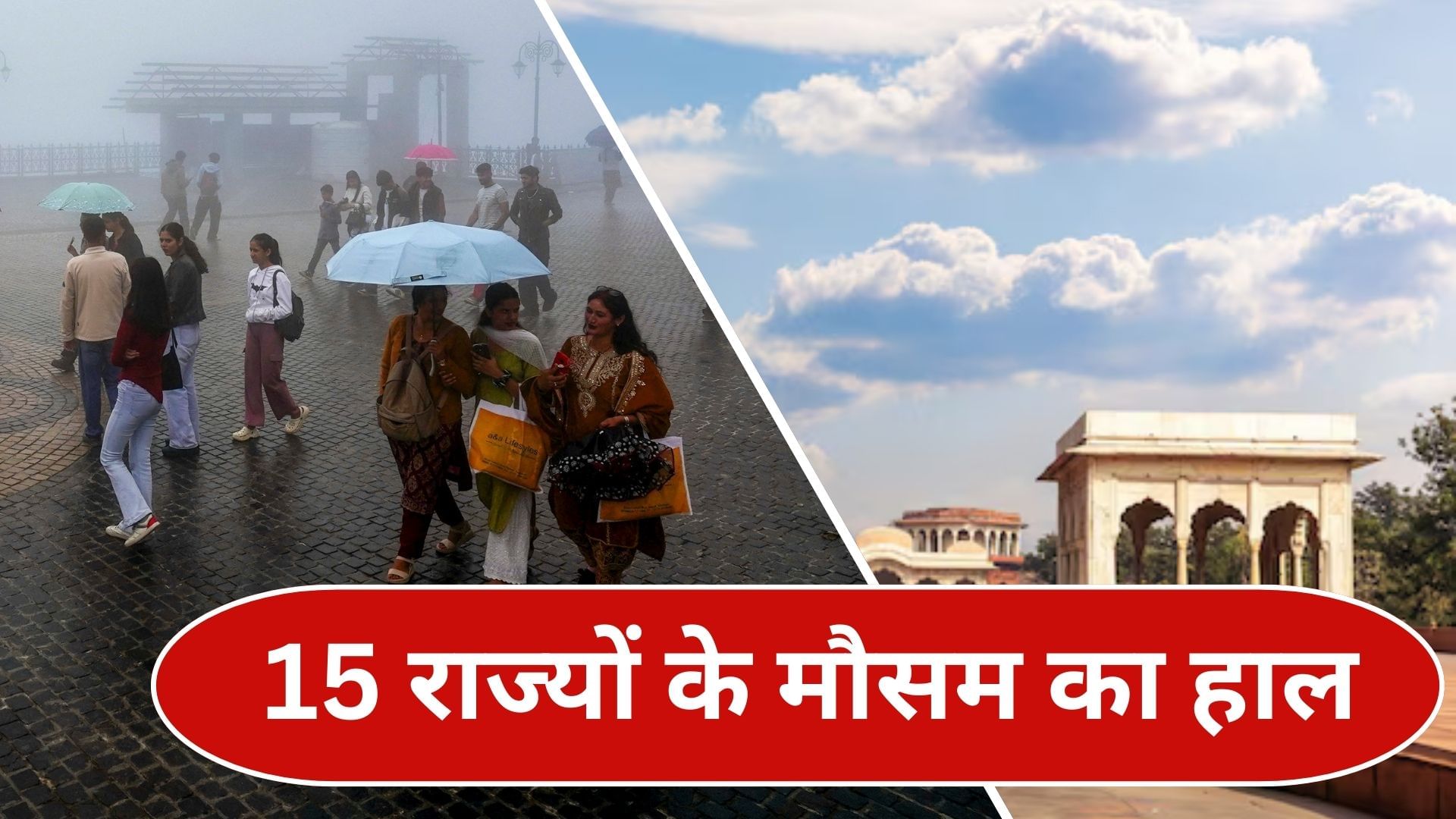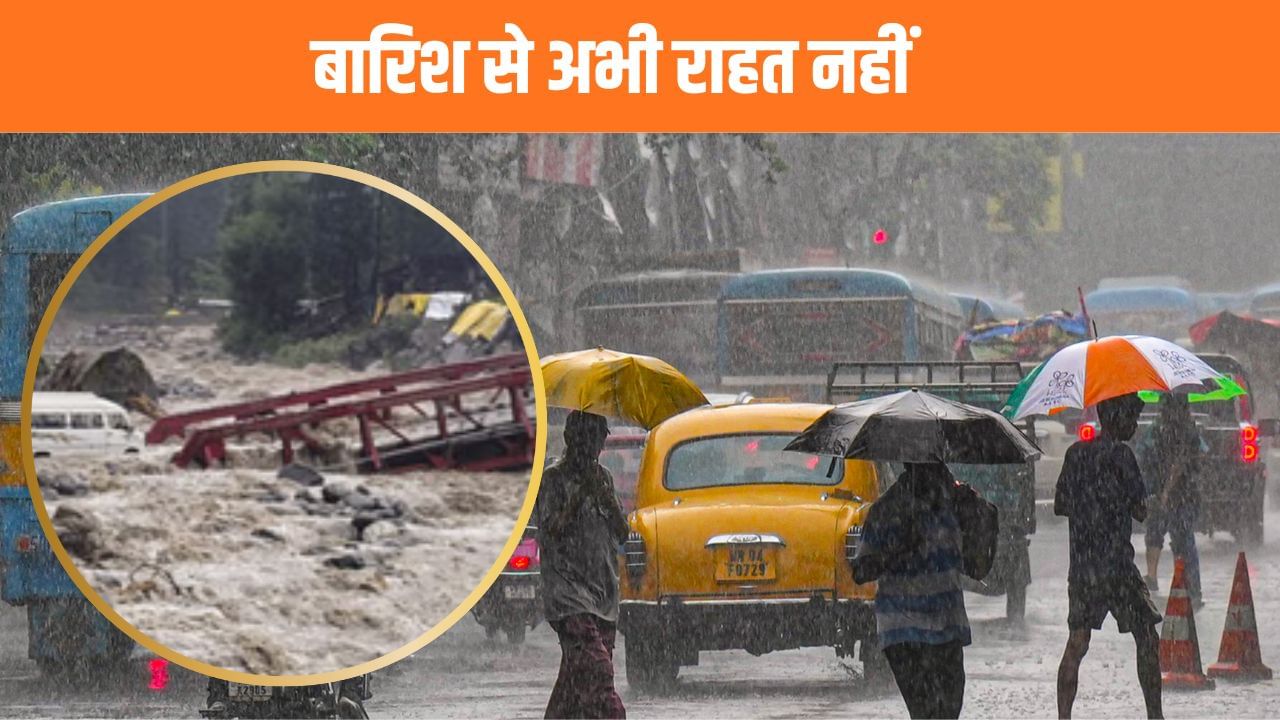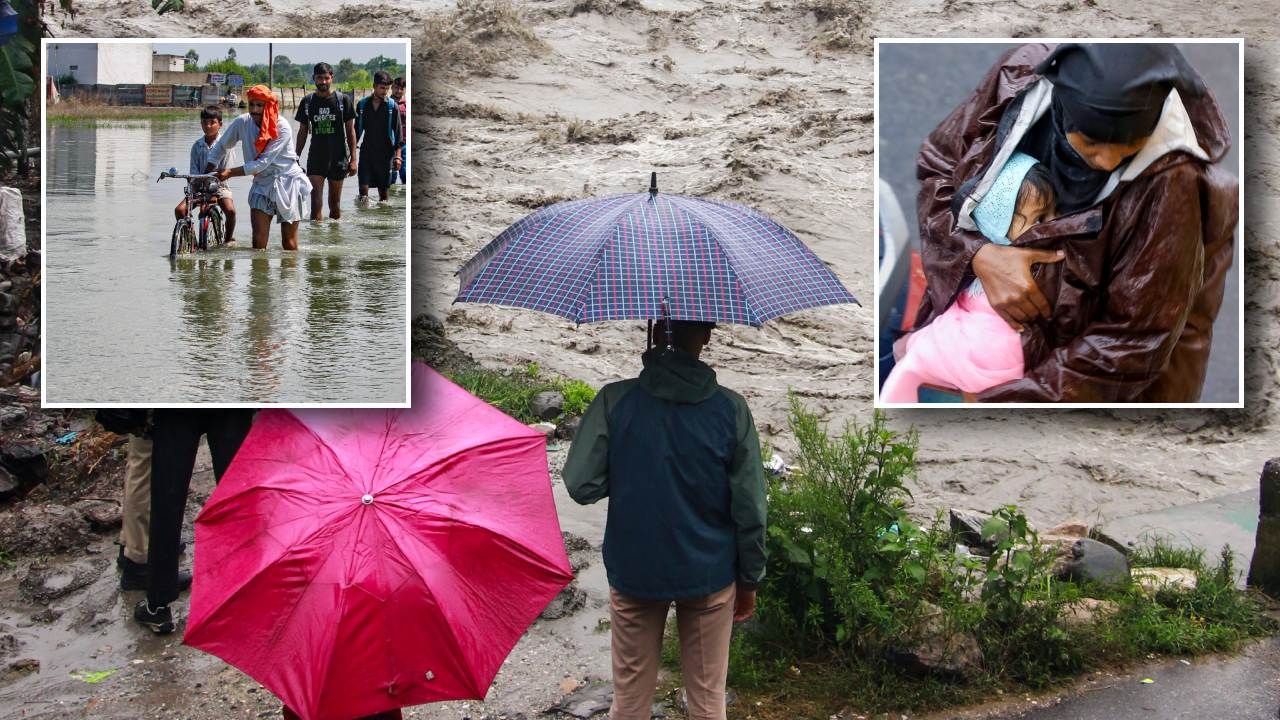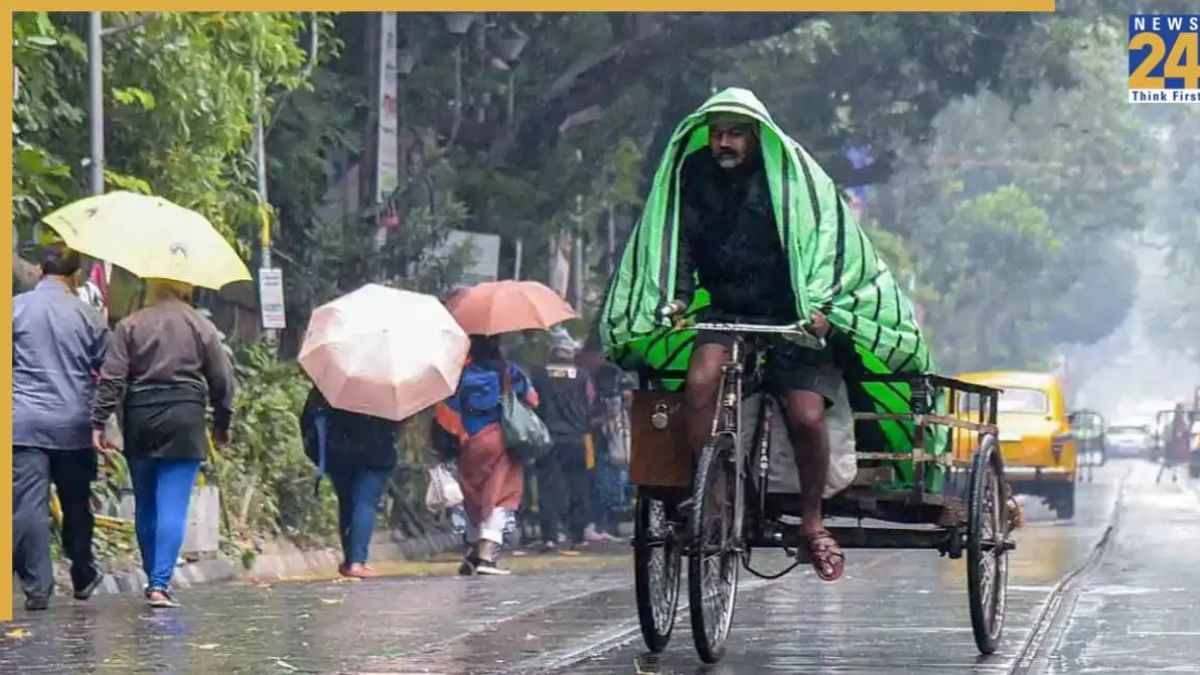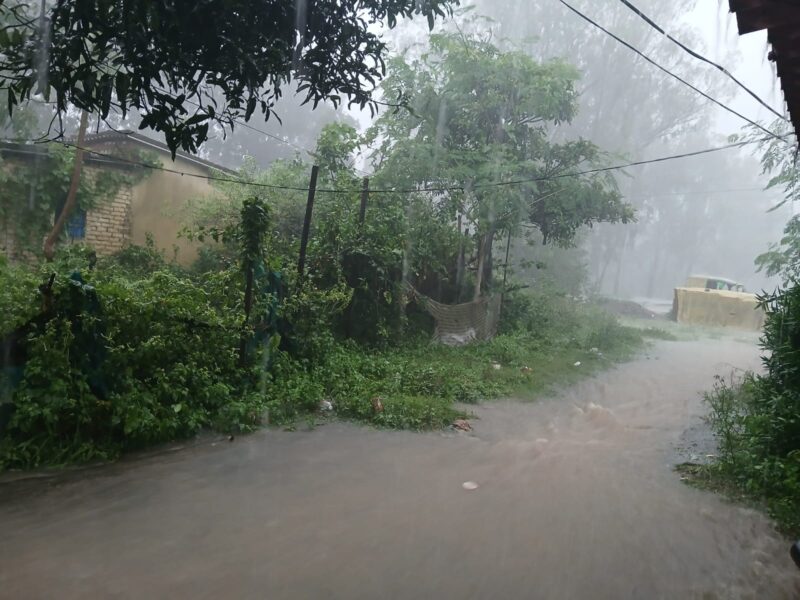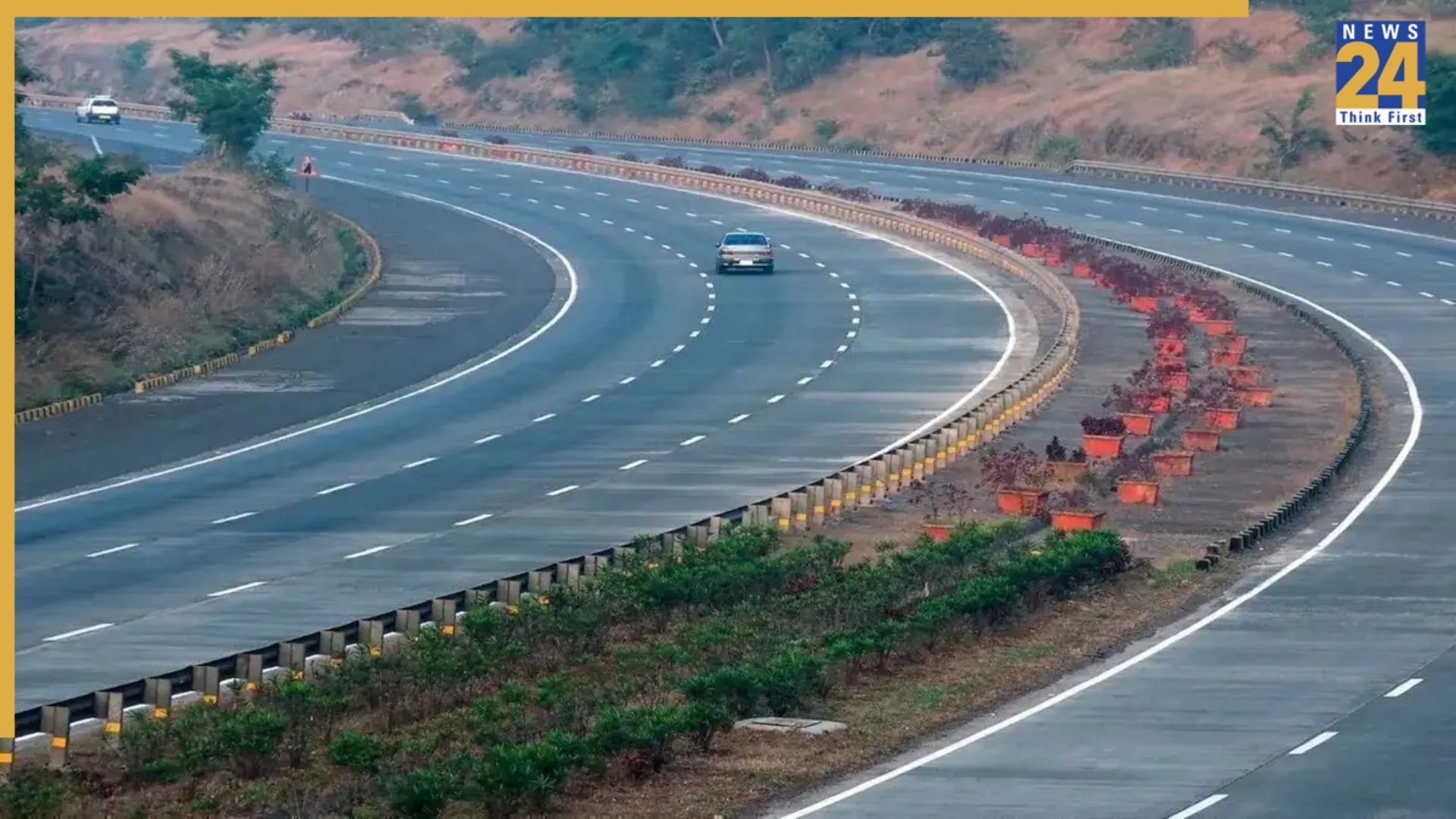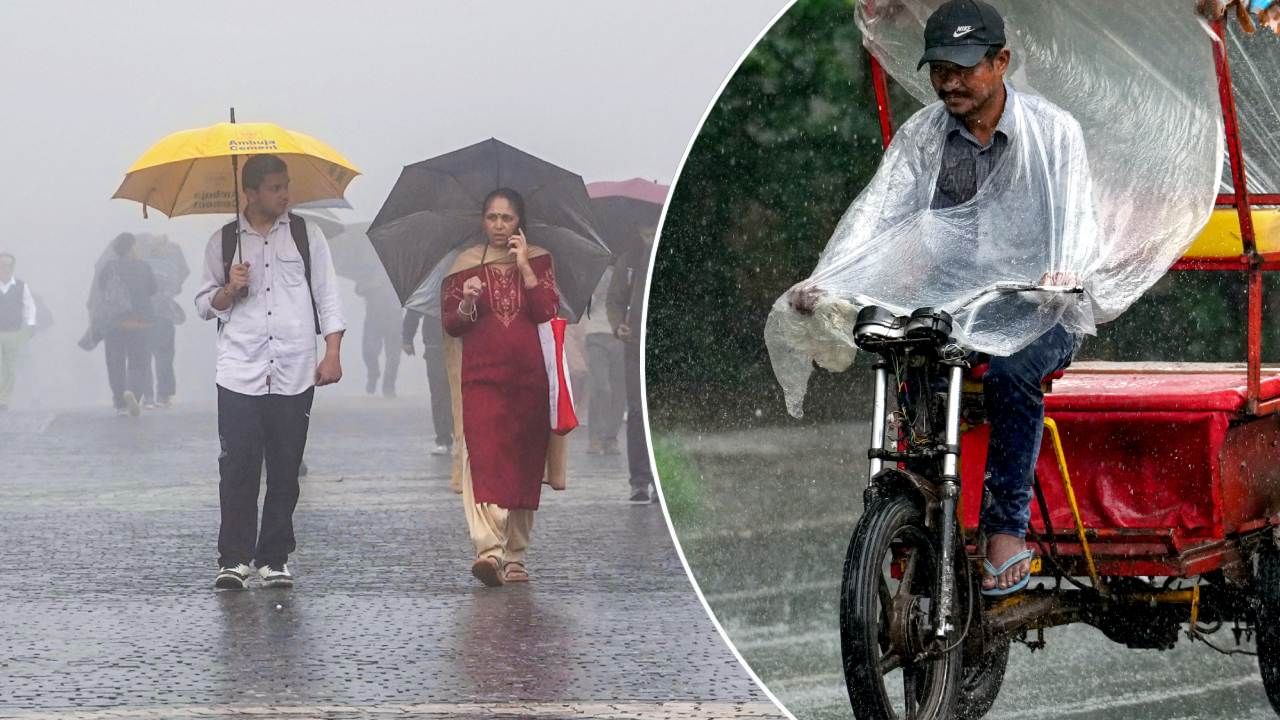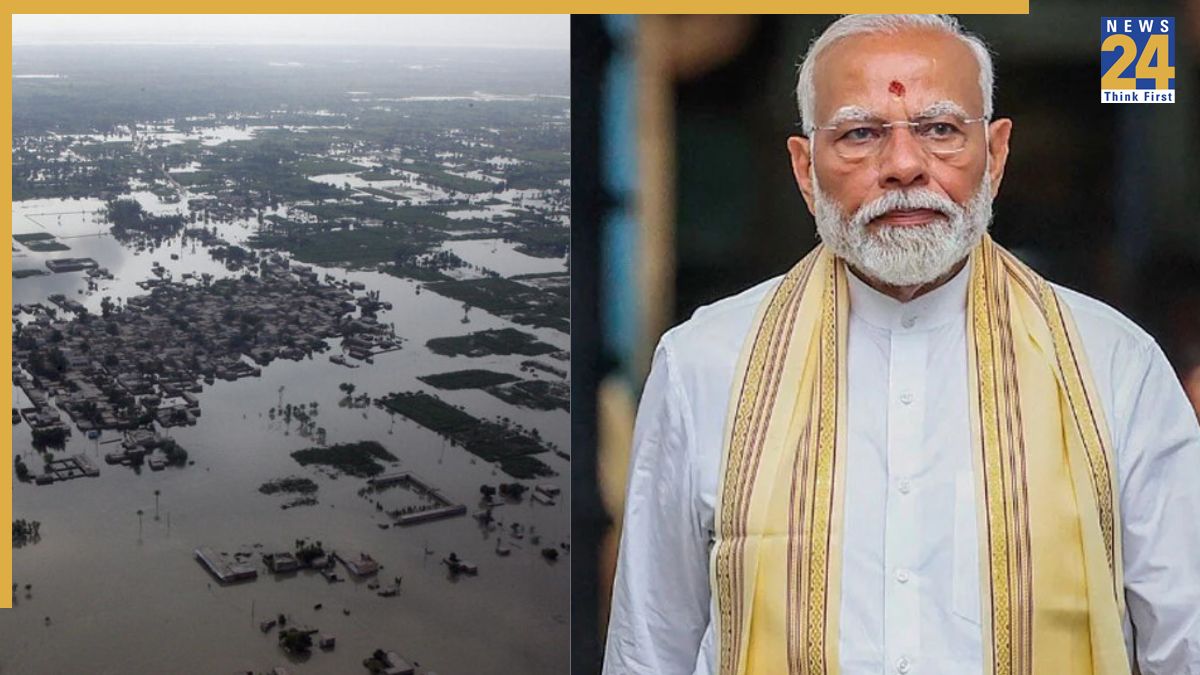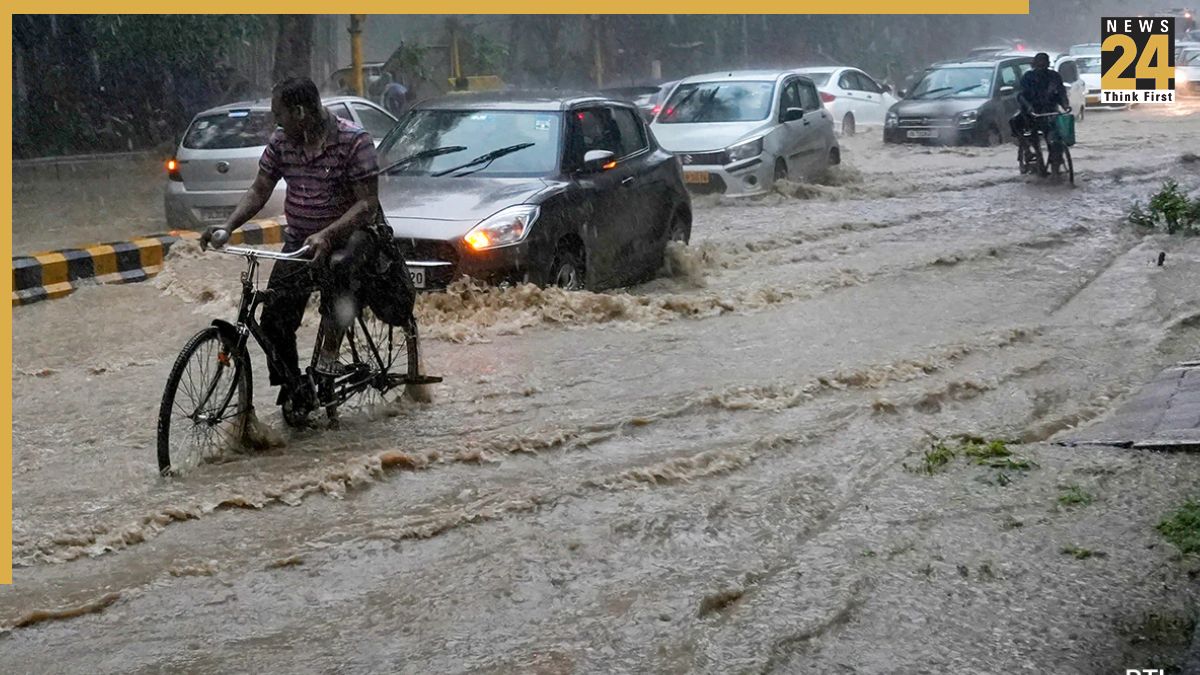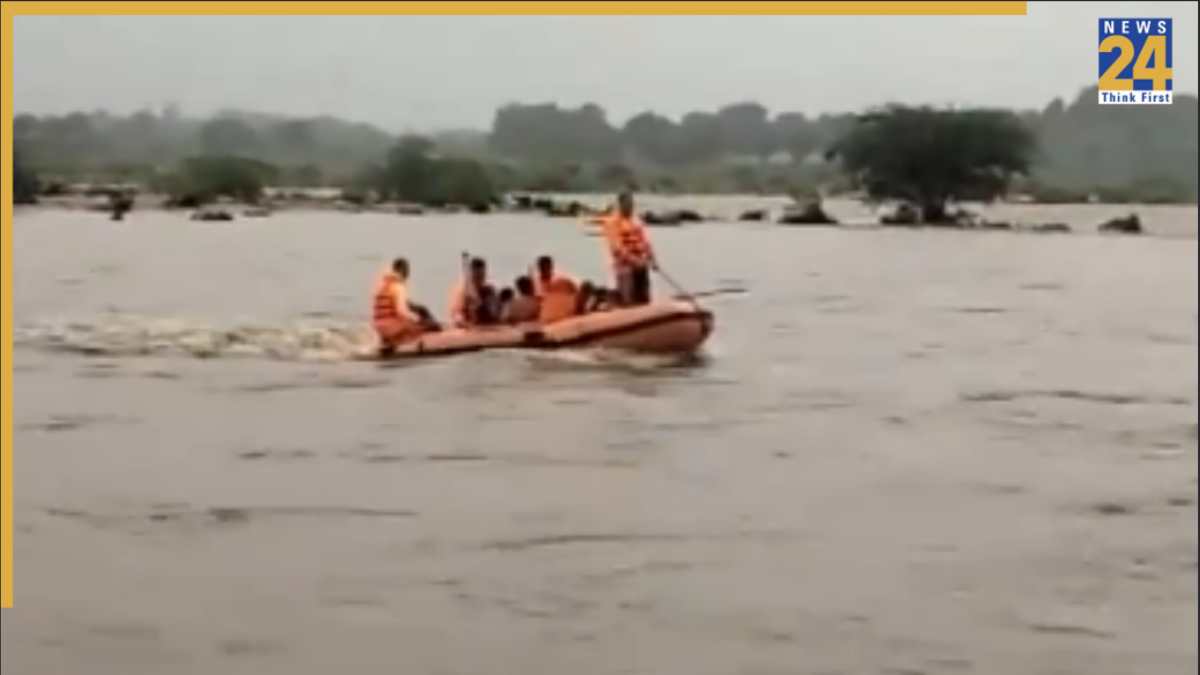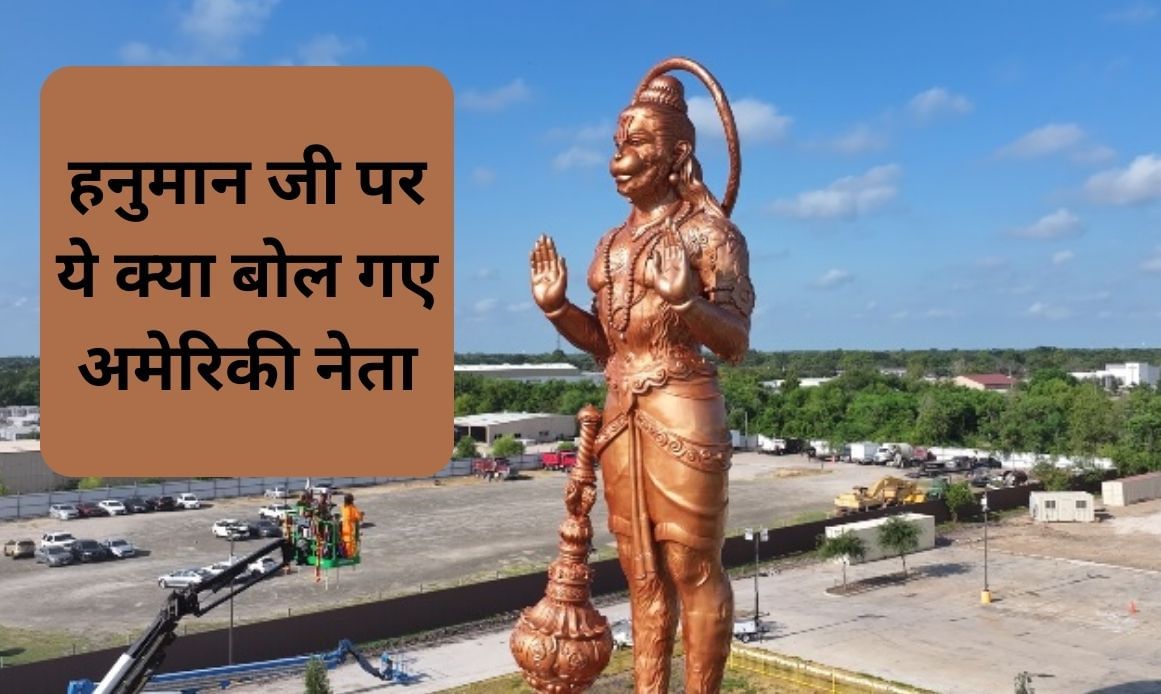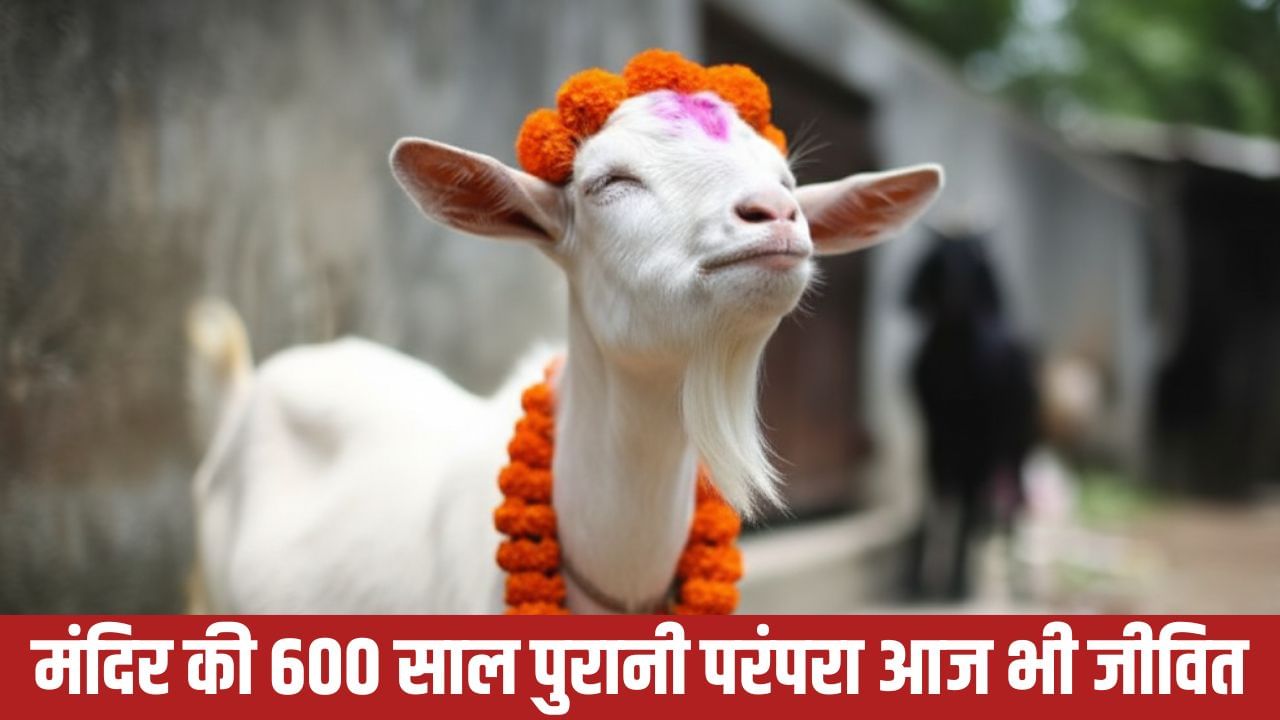Subscribe to Updates
Get the latest creative news from FooBar about art, design and business.
Browsing: Monsoon
The rain has subsided in Delhi, giving way to bright sunshine, causing people to experience warmer temperatures. The scorching heat on Saturday…
After a 10-day dry spell, Delhi-NCR experienced rainfall on Wednesday, bringing pleasant weather. The rain provided relief from the scorching heat. Temperatures…
The weather in Delhi presents a peculiar contrast. While the capital endures scorching heat and humidity, neighboring districts like Meerut and Mathura…
Heatwave in Delhi While Rain Lashes Nearby Areas: Weather Discrepancy and Mountain Devastation
The weather in Delhi presents a peculiar contrast: while the capital endures scorching heat and humidity, neighboring districts like Meerut and Mathura…
The monsoon is not expected to withdraw from the country this month. The weather department has predicted heavy rainfall from the mountains…
The India Meteorological Department (IMD) has issued a weather update predicting continued heavy rainfall in northeastern states and Maharashtra over the next…
The monsoon season is not expected to withdraw from the country this month. The weather department has predicted heavy rainfall from the…
The weather department has issued a yellow alert for heavy rainfall in various districts of Jharkhand for the next three days. The…
Ganga Expressway Project Faces Monsoon Delays; Uttar Pradesh Minister Urges Expedited Completion
The ongoing Ganga Expressway project is encountering obstacles due to persistent monsoon rains, impacting its progress towards the designated deadline. In response…
The monsoon has reactivated across Chhattisgarh, including the capital city of Raipur. Various parts of the state experienced light to moderate rainfall…
Cloudy Skies Predicted for Delhi, But No Rain in Sight; IMD Issues Alerts for UP and Bihar
Various parts of the country have experienced significant monsoon rainfall this season. Heavy rains have caused widespread devastation in the hilly states…
After experiencing heavy rainfall and severe waterlogging, the situation in the national capital is normalizing. The water level in the Yamuna River…
Prime Minister Narendra Modi has departed for Himachal Pradesh and Punjab to evaluate the impact of the recent floods and landslides that…
Following a month of heavy rainfall, Delhi anticipates a shift in weather patterns. The India Meteorological Department (IMD) forecasts thundershowers for Monday,…
Continuous heavy rainfall in Vadodara, Gujarat, for the past three days has led to significant flooding, isolating residents in the Vadsar area.…
Kheri village in the Bantalab area of Jammu has suffered extensive damage due to landslides triggered by intense monsoon rains. Numerous houses…





